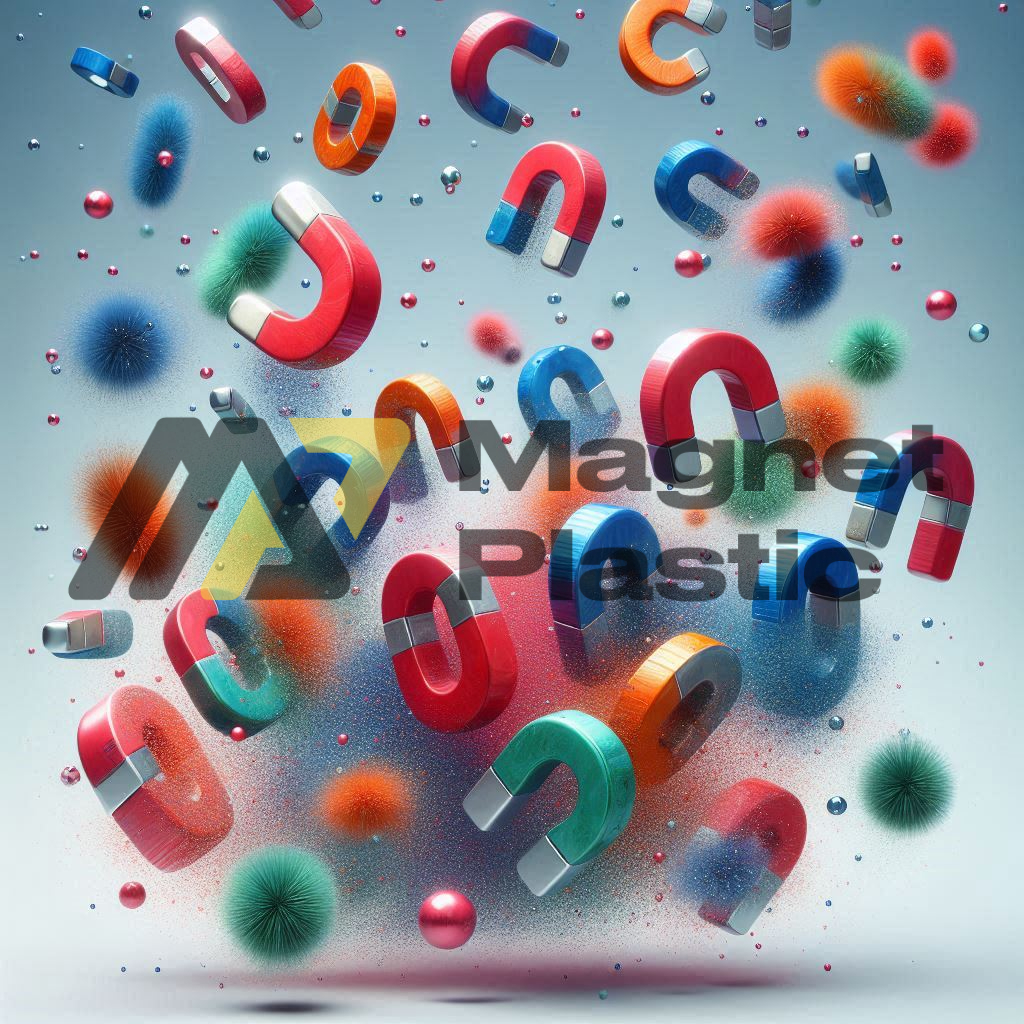Magnets in Air Quality Improvement
Air pollution is a global challenge with serious consequences for health and the environment. As cities expand and industrialization progresses, it is essential to find effective methods to improve air quality. Magnets are emerging as an innovative and efficient solution to address this problem, offering various applications ranging from indoor air purification to the reduction of industrial emissions.
Air Purification with Magnetic Filtration
One of the most promising applications of magnets in improving air quality is their use in purification systems. These devices, designed for both homes and industrial settings, employ magnetic filters to capture contaminants. The filters are made of ferromagnetic materials that attract and retain dust, pollen, and other impurities. This technology is particularly effective at removing fine and ultrafine particles, which are the most harmful to human health.
Reduction of Industrial Emissions
Industry is a significant source of air pollution, releasing metallic particles and other toxic substances. Magnets play a crucial role in reducing these emissions. Magnetic separators are used to capture and remove metallic particles before they are released into the environment. This not only helps to decrease air pollution but also allows for the recovery and recycling of valuable metals, making the process more sustainable.
Elimination of Specific Contaminants
Certain contaminants, such as iron and manganese, possess magnetic properties that magnetic filtration systems can exploit. These systems are designed to specifically attract and remove these contaminants from the air. This method is particularly useful in areas near industrial facilities where these metals are commonly released.
Advances in Magnetic Nanotechnology
Nanotechnology is revolutionizing the use of magnets to improve air quality. Magnetic nanomaterials, such as iron oxide nanoparticles, are integrated into filters and other devices to capture contaminants with superior efficiency compared to traditional methods. These nanoparticles have a large surface area relative to their size, allowing them to attract and retain more contaminants.
Applications in the Automotive Industry
Magnet technology is also applied in the automotive sector to reduce vehicle emissions. Magnetic catalysts enhance the efficiency of catalytic converters, which are devices designed to reduce toxic gases emitted by internal combustion engines. This innovation not only decreases air pollution but also improves fuel efficiency, reducing operational costs and the carbon footprint.
Impact on Public Health
The implementation of magnets in improving air quality has a direct positive impact on public health. By reducing the concentration of fine particles and other contaminants in the air, the risks of respiratory and cardiovascular diseases are diminished. This is especially important in densely populated urban areas where air quality is a constant concern.
Conclusion
Magnets are proving to be a valuable tool for improving air quality. From air purification systems to the reduction of industrial emissions and advances in nanotechnology, magnets offer effective and sustainable solutions. With continued research and technological advancement, we are likely to see even more innovations in the use of magnets to combat air pollution, benefiting both the environment and public health.
